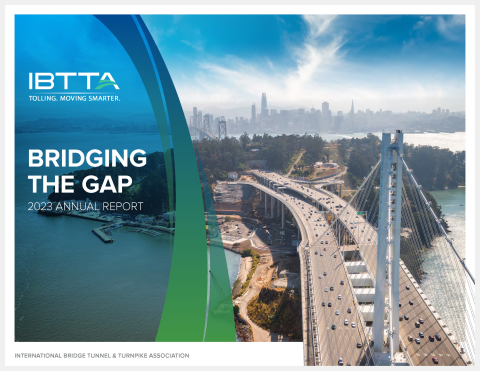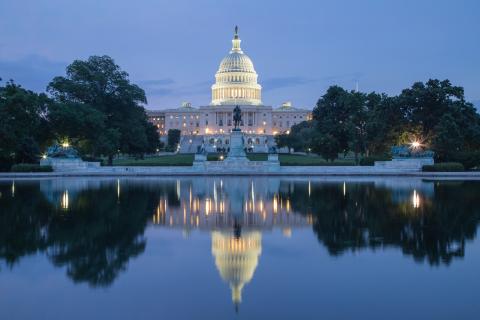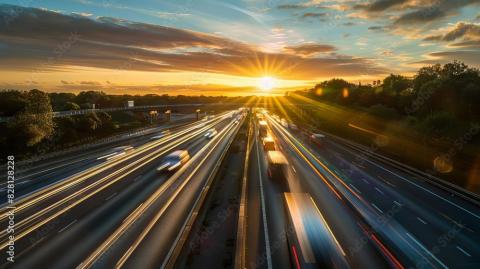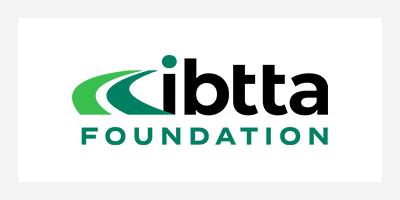- Home
- IBTTA Insights
- On U.S. Roads, Traffic Congestion Solutions Get Real
Stories
On U.S. Roads, Traffic Congestion Solutions Get Real


A recent Atlantic CityLab post by transportation specialist Eric Jaffe shows that, when it comes to congestion on America’s highway, the search for solutions is getting real.
Just before the New Year, Jaffe wrote about a Silicon Valley mobility specialist who’d ranked a series of eight strategies for reducing traffic congestion in the San Francisco Bay Area. Steve Raney laid out the list of policy prescriptions, asked four other transportation experts to help him rate them, and tabulated their comments with his own. The mix of options shows how deeply tolling agencies have been involved in delivering many of the mobility management solutions that are now ready for prime time in the country’s most congested corridors.
Gas Tax Wins…But is Congress Ready to Roll?
In a rating system that factored in congestion reductions, greenhouse gas reductions, cost-effectiveness, equity, and ease of implementation, the winning option was the one that federal politicians have been unwilling to embrace in nearly a quarter-century. Yes, the federal gas tax was last raised in 1993.
A gradual, 10-year increase in gas taxes to a ceiling of $5 per gallon was the panel’s preferred strategy. It received an overall rating of 4.14 out of 5, earning a perfect 5 for greenhouse gas reductions and ease of implementation.
But it won’t happen.
The U.S. Congress passed the FAST ACT, a five-year transportation bill late last year, without touching a federal gas tax that has held steady at 18.4¢ per gallon since 1993. That was the year when President Bill Clinton delivered his first State of the Union address, Jurassic Park was first released, and a 46-year-old David Bowie talked to The Today Show’s Bryant Gumbel about age, creativity, and his new album, Black Tie, White Noise.
Cash-strapped state legislators have been more willing to raise their gas taxes, but tax rates are still counted by the penny, not the dollar. If $5 per gallon is the threshold for a gas tax high enough to influence driving behavior, gas taxes may still rise, but not for that reason.
A Menu of Mobility Options
The next-most popular option was carpool incentives combined with a charge for single-occupancy vehicles, followed by per-mile driving fees and insurance rates, stand-alone carpool incentives, a $5 cordon fee in job centers, and a $5 job parking fee.
A combined HOT lane-express bus program was considered the least promising option of all—an interesting result, at a time when one IBTTA member can show that a synergy between a tolling agency and its overlapping transit authority works better in practice than it might be expected to work in theory.
But the bigger takeaway is that so many of the solutions in Raney’s informal survey, from HOT lanes to road user charging to cordon charges, have been pioneered by tolling agencies grappling with the twin challenges of congestion relief and income generation. And in that sense, the message to legislators is exactly right: Raise the gas tax if you can, but keep an eye on the wider range of financing and mobility management tools to enhance greater mobility, reduce congestion where possible and keep our economy moving forward.
IBTTA’s 2016 Transportation Policy and Finance Summit is just two months away! Click here for details and registration.

Joining IBTTA connects you to a global community of transportation professionals, offering unmatched opportunities for networking, knowledge-sharing, and collaborative innovation in the tolling and transportation sector.
Follow IBTTA on social media for real-time updates on transportation trends and collaborative opportunities.





